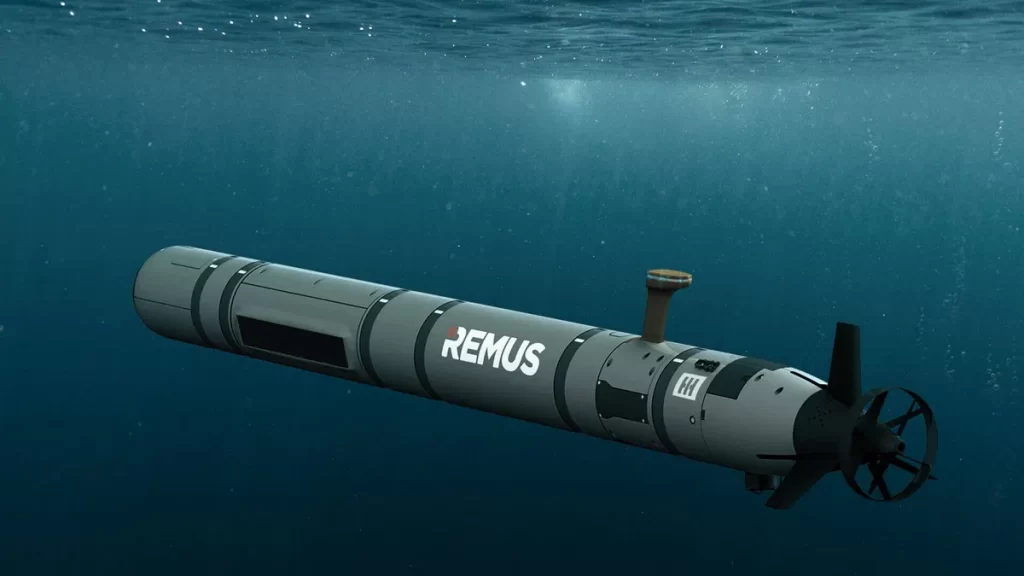The Mission Technologies branch of HII has unveiled the REMUS 620, a brand-new medium-class unmanned underwater vehicle. Undersea drones are becoming increasingly sophisticated with a growing range of capabilities. Equipped with a growing array of sensors, sophisticated propulsion systems, and advanced software, these machines are taking on a variety of missions and gathering critical information for navies around the world.
Developed based on the design of the US Navy’s REMUS 300, the REMUS 620 is equipped with multiple batteries that can last for up to 110 hours and has a range of 275 nautical miles (509 km), providing unmatched mission capabilities for mine countermeasures, hydrographic surveys, intelligence collection, surveillance, and electronic warfare.

Its increased battery life enables it to execute a significantly longer route to and from a mission area than previously afforded by medium-class vehicles. The modular design allows the battery to be quickly swapped for quick turnaround and the incorporation of alternative energy sources as they become available. A standard synthetic aperture sonar payload can also be replaced or enhanced for multi-mission capabilities, including intelligence, surveillance, and reconnaissance, as well as cyber and electronic warfare operations.

The vehicle was made to support both present-day and upcoming naval and special missions. In order to promote seamless payload integration, it features a modular, open architecture design as well as HII’s Odyssey line of cutting-edge autonomy solutions for robotic technologies. The versatility of the payload and the range of environmental sensors that can be quickly added to the base vehicle will be advantageous to the scientific community as well, according to the company.
According to Duane Fotheringham, president of Mission Technologies’ Unmanned Systems business group, maintaining a strategic edge requires the ability to deliver a variety of impacts from underwater. “The REMUS 620 is the first medium UUV designed to accurately deliver this range of advanced above-and-below water effects at long range,” Fotheringham said in a press release statement.


